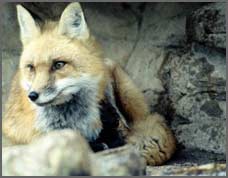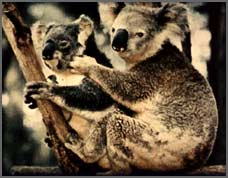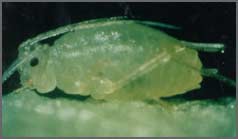Biosphere Contents
4. Interdependence
Predators and their prey can exert restrictions on each others' abundance or geographical distribution

In some cases, predators restrict the distribution of their prey; in others, prey restrict the distribution of predators; and in others, predators have a protective influence on their prey. Examples of predators restricting the distribution of their prey are a common consequence of non-native species introductions, where predators are introduced to sites with established populations of prey species. The restriction in the distribution of the Burrowing Rat Kangaroo with the arrival of the European foxes and dogs in Australia is an example of this.

A prey or host species may alternatively restrict the distribution of its predator, grazer or parasite, if this species is very specific to its prey or host. An obvious example would be the role of bamboo in restricting the distribution of the panda or the role of eucalyptus in the distribution of the koala. Predators displaying high specificity in their prey are known as obligate predators.

Another interaction is that of a predator preventing the invasion of more efficient or damaging predators which could significantly reduce the prey population. An example of this can be seen with the Australian Bell Miner (Manorina melanophrys). Colonies of these birds feed off psyllids (sap-sucking insects) and their sugary secretions, and protect their territories vigorously. As a result the psyllids have no other significant predators and their populations flourish. It has been shown that when the Bell Miners are removed the psyllid populations crash drastically due to predation by other species.
Can you think of some typical predator-prey relationships?